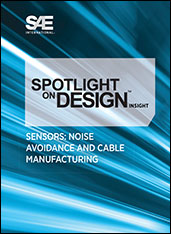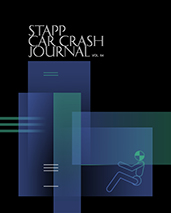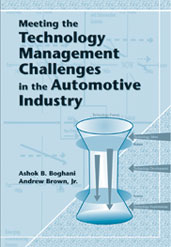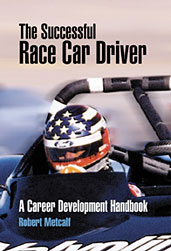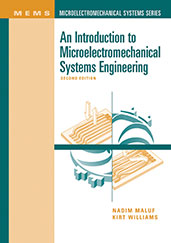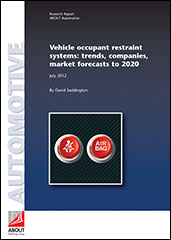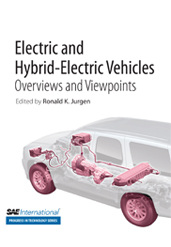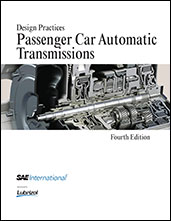Book

Sensors: Advanced Safety (DVD)
2015-04-15
"Spotlight on Design" features video interviews and case study segments, focusing on the latest technology breakthroughs. Viewers are virtually taken to labs and research centers to learn how design engineers are enhancing product performance/reliability, reducing costs, improving quality, safety or environmental impact, and achieving regulatory compliance. Sensors are essential to the safety, efficiency, and dependability of modern vehicles. Crash sensors can anticipate a collision faster than humans would, and tire pressure sensors can alert the driver or pilot in case action is needed. In the episode "Sensors: Advanced Safety" (20:36) Continental engineers look at the evolution of passive safety systems, discuss the changes in sensors over the last ten years and what is coming next. Engineers at Meggitt demonstrate how tire pressure monitoring system sensors for aerospace are built and tested.




